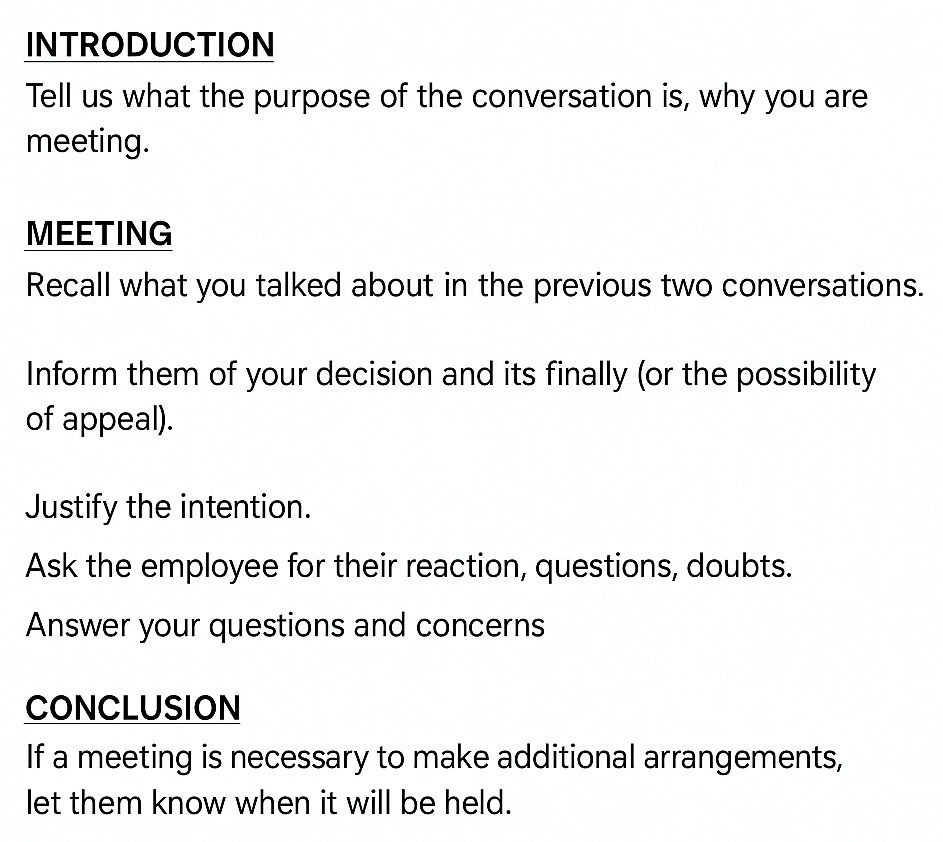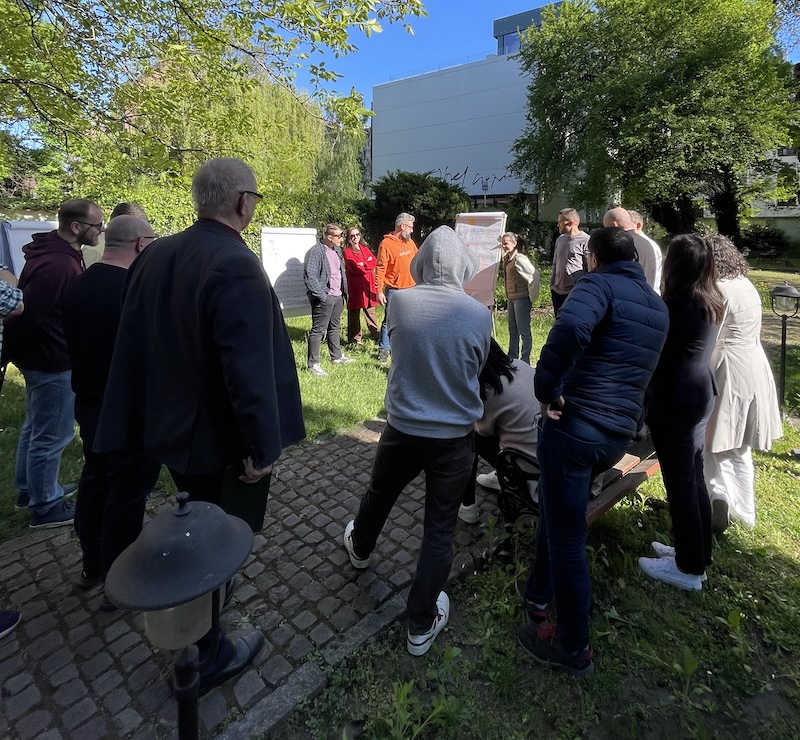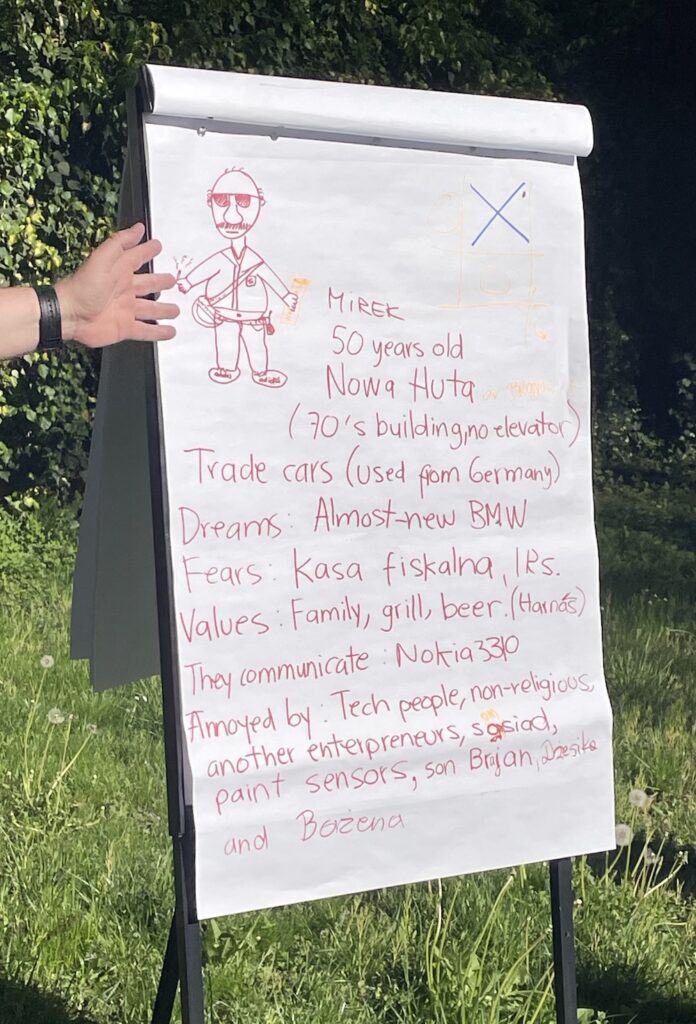This module on Human Resource Management opened an entirely new lens on leadership for me. Unlike other subjects focused on frameworks or technology, this one challenged me on a personal and emotional level.
Guided by the exceptional Professor Jerzy Rosiński, we didn’t just explore HR concepts—we dissected the living reality of workplace dynamics. What made his approach outstanding was his ability to instantly connect any business case to the right leadership model. Whether we discussed burnout, team conflict, or delegation gone wrong—he had the diagram, theory, and practical advice on hand.
His rare mix of real-world experience and academic depth created a powerful learning space.
More than just theory, this module triggered deep personal reflection. It made me examine my current managerial habits, my blind spots, and how I interpret team dynamics. I left each session with out-of-the-box tools and practical techniques that I could apply immediately. That next Monday at work, I already found myself thinking differently about how I run meetings, provide feedback, and respond to conflict.
Leadership is Human-Centered by Nature
Did you know that 11 out of the 14 key leadership indicators are human-oriented? This says a lot about where modern leadership should focus. It’s not just about efficiency or targets, but about recognizing what people need, how they evolve, and how they feel.
We used Blanchard’s situational leadership model to analyze various behaviors and styles. This model helped us map how flexibility and leadership effectiveness interact based on an employee’s competence and motivation. And just as important—it helped us see that leadership is not fixed. It adapts based on context.
We discussed four types of employee development levels:
- Enthusiastic Beginner
- Beginner Without Illusion
- Practitioner
- Expert (Competent & Motivated)
And here’s where it got real: people don’t stay in one box. Life happens—burnout, private issues, or managerial mistakes—and employees can fall back to earlier stages. That’s where adaptive leadership becomes essential. One bad delegation or missed moment of support can shift an employee’s engagement level dramatically.
In Poland, people assess whether a company is good for them over a 3-year horizon, while in the U.S., it’s closer to 5 years. This insight reminded me that managing talent is also about managing long-term relationships and expectations.
Delegation, Motivation & Polish Workplace Realities
The S4 Delegating Style became one of our focus points. We explored how delegation isn’t just about assigning tasks—it’s about trust, recognition, and personal growth. I was particularly struck by how much Polish teams tend to neglect planning for emergencies —a small oversight that can create huge problems later.
Delegating effectively means breaking the process down into three critical control areas:
- Result – what’s expected, why it matters, and how success is measured
- Resources – time, tools, people, and backup
- Progress – clear milestones and contingency plans
I learned that too often, leaders rush to the „what” without clarifying the „why” or making sure resources and escalation paths are in place. And when things go wrong, it’s not the employee who failed—it’s often a leadership failure in setup.
Another powerful discussion point was motivation. We explored how:
- Money is a great early motivator, especially at the beginning of a role or project
- But over time, external rewards can actually diminish internal motivation
- We’ve learnt that after earning 2x of mid salary, the main motivators are no longer connected with money
- For new projects, teams crave meaning, recognition, and autonomy
The Hanayama Puzzle: S1 in Action
A great metaphor we explored for the S1 leadership style was the Hanayama puzzle. This complex brain teaser looks simple on the surface, but once you start manipulating its pieces, you quickly realize it requires structured guidance and step-by-step clarity.

Professor Rosiński used this puzzle to illustrate (on one of us) the mindset of an „enthusiastic beginner”—someone who’s eager but lacking the knowledge or skill to proceed on their own. Just like handing someone this intricate metal puzzle without instructions, assigning a new employee a task without direction can lead to confusion, frustration, and disengagement.
With Hanayama, you can’t assume someone will „figure it out.” The S1 leadership style, much like a helpful walkthrough of solving the puzzle, involves:
- Laying out clear steps
- Demonstrating the process
- Adjusting tempo to match the learner’s pace
It reminded me how important clarity, repetition, and patience are when onboarding new team members. Sometimes, the best support you can offer is firm direction and simplicity, not ambiguity masked as empowerment.
Communication Styles: S1, S2, S3 in Action
On the second day, we explored communication styles in depth, staging scenarios with seven participants that mirrored real situations within our company:
- S1: Telling/directing – best for new or unskilled employees, especially when emotions run high and clarity is needed
- S2: Coaching – similar to S1, but more dialog-based; critical during low motivation phases or transitions
- S3: Participating/supporting – ideal for mature teams in storming or project ambiguity; here, asking questions replaces giving instructions
- S4: Delegating – used at director’s position, focus on the goal not the execution itself
We practiced using open-ended questions, mirroring techniques, and Z-feedback. The exercises revealed how easily leaders fall into traps: offering advice too soon, assuming understanding, or shifting styles mid-meeting. As Professor Rosiński put it:
“The style is determined by the employee’s current development stage—not the manager’s preference.”
When we act based on habit instead of context, we fail to connect.
We explored tools like:
- The participating checklist (Style S3)
- Walkthrough structure for onboarding (Style S1)
- Delegation framework for high-autonomy teams (Style S4)
A real ‘aha!’ moment for me came during the workshop exercise simulating a storming phase of team formation. Instead of jumping in with solutions, I practiced S2-style facilitation: asking the right question and guiding, not directing. The shift was subtle—but it completely changed the outcome.
Correction, Warning, Sanction: A Real-World Framework for Difficult Conversations
One of the most practical and immediately useful tools we learned was the Correction–Warning–Sanction framework. As managers, we’re bound to face moments when we need to address behavior that’s misaligned with team or company standards. This three-stage method ensures that such conversations remain constructive, clear, and grounded in mutual respect:
- Correction: Begin with clarity and specificity. Address the deviation or issue directly, but calmly. Offer a chance for the employee to understand the expectations and self-correct. This stage is about redirection, not punishment.
- Warning: State the issue with facts, not assumptions. Focus on specific behaviors and impacts. The goal is awareness, not blame. Allow space for the employee to react, clarify, or explain.
- Sanction: If repeated behavior or unresolved issues persist, define the consequences clearly—whether formal or informal. Always tie it back to company policy or team agreements. Keep the tone respectful, but firm.
Example of a sanction framework:

We also covered legal considerations in Poland, such as needing only two signatures for documentation and minimizing the number of people present in disciplinary meetings to protect privacy and reduce organizational risk.
This model felt like something I could use immediately—in fact, I already started applying its principles the following week. It helps you approach even tough conversations with confidence, fairness, and emotional intelligence.
Realistic HR Challenges: Generations, Sanctions & Soft Influence
The weekend wrapped with Małgorzata Nowakowska’s workshop on managing generational diversity in the workplace. Her question was clear:
“What would happen if instead of focusing on what divides us, we started noticing what we can offer one another?”
This wasn’t a typical lecture. We took the session outside, working in teams under the spring sun in the garden of Sienkiewiczówka. The change of environment added energy and focus, reminding us that team building doesn’t need walls—it needs space and intention.

During our group activities, we openly discussed and observed generational preferences in action. For instance:
- Younger employees often seek rapid feedback, continuous learning, and flexible work environments.
- We, as millennials (in the majority), with our daily biases and habits.
- Older generations typically value structured communication, stability, and long-term commitment.

What stood out was that both groups want to be heard, respected, and empowered—they just express it differently. Instead of treating generational gaps as obstacles, Małgorzata challenged us to see them as opportunities for creativity, balance, and innovation.
We brainstormed how leaders can create common ground by tailoring messages, rituals, and responsibilities in ways that resonate with each group. It’s not about standardization—it’s about intentional adaptation.
Generational differences aren’t a barrier—they’re a creative advantage. But it takes intentional leadership to unlock that potential.
Closing Thoughts
Thanks to Professor Rosiński’s expert guidance, we left with a mental toolbox of styles, models, and scenarios—all grounded in practice, not theory. His ability to link every business example with a corresponding leadership method was remarkable. You asked, and he knew the chart, the theory, and the application—all in one sentence.
More than just theory, these three days gave me a renewed sense of confidence and self-awareness. I began to see the people around me not just as roles or responsibilities—but as individuals navigating change, much like myself.
I now see HR not as a function, but as a leadership mindset that can drive business, growth, and culture forward.




![How to configure a test mail server with the Docker? – Cooking notes [EN]](https://rafalstepien.com/wp-content/uploads/2018/07/docker_tests-100x70.png)

